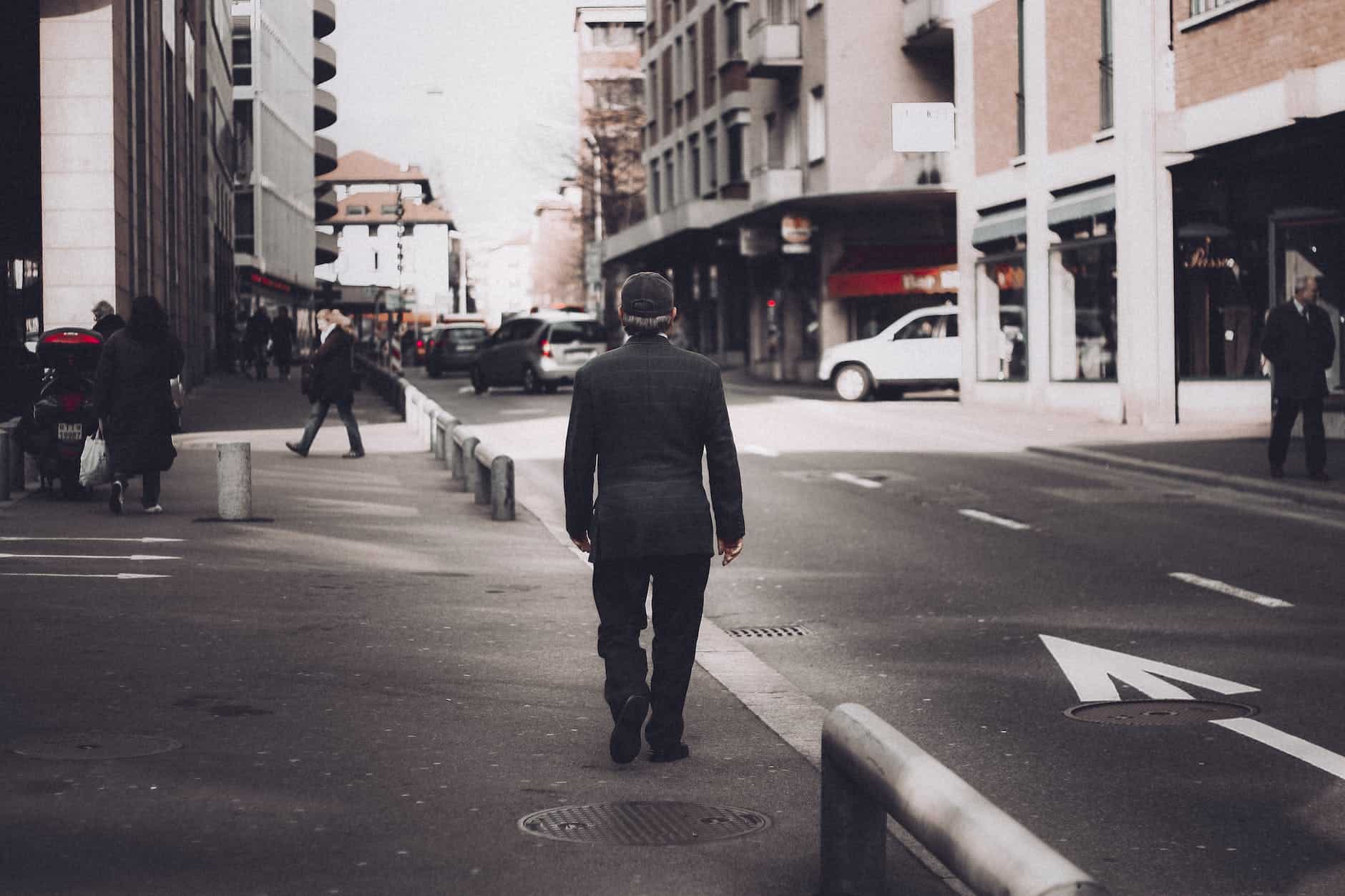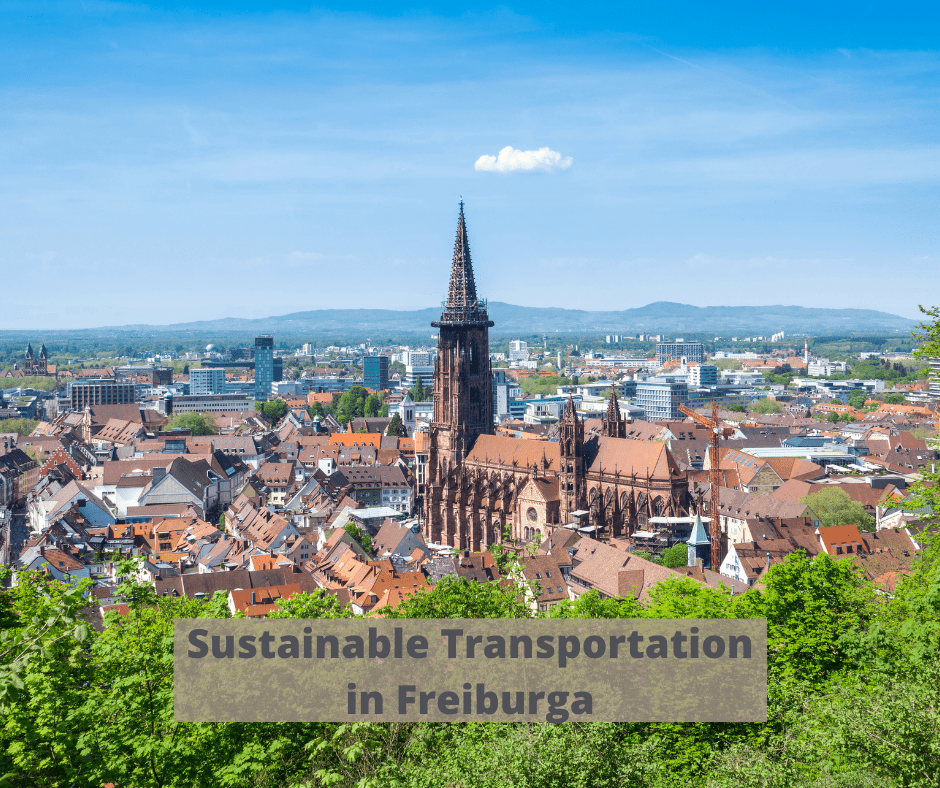Integrating bikes into public transit systems enhances your urban mobility by expanding access and offering flexible last-mile options. You’ll find secure, sheltered bike parking at stations, making cycling convenient and safer. Many cities are increasing bike-carrying capacity on trains and buses to support seamless trips. With well-designed infrastructure and supportive policies, your options for combining cycling with transit will grow. To discover how cities are overcoming challenges and optimizing bike-transit links, keep exploring these innovative solutions.
Key Takeaways
- Develop ample, secure, and weather-protected bike parking at transit stations to encourage cycling and meet rider needs.
- Incorporate high-quality infrastructure such as lockers, sheltered racks, and bike lockers to enhance security and convenience.
- Promote short-distance trips (1–5 km) and improve system efficiency through frequent, high-speed transit options.
- Expand dedicated bike lanes, bike-carrying capacity, and seamless intermodal facilities to facilitate multi-modal travel.
- Leverage technology like real-time parking apps and integrated ticketing to streamline bike-transit integration and user experience.
The Role of Bike-Transit Integration in Urban Mobility

Bike-transit integration plays a crucial role in enhancing urban mobility by making it easier for you to combine cycling with public transportation. It broadens transit catchment areas and offers flexible last-mile solutions, encouraging multimodal travel. Cities have increased bike parking at transit stations by over 67%, supporting seamless bike-and-ride options. Public transport systems now widely permit bikes onboard buses and trains, with bike rack use on U.S. buses rising from 27% in 2000 to 71% in 2008. Effective cycling infrastructure, including secure and sheltered bike parking, is essential but often in short supply. Cities like Portland and Vancouver showcase how well-coordinated cycling and transit infrastructure lead to higher bike-and-ride usage and improved system efficiency, making urban mobility more accessible and sustainable. Additionally, emerging digital smart systems are enhancing real-time bike and transit coordination, further boosting multimodal integration. Recognizing the importance of family support can also influence the success of such initiatives by fostering community engagement and encouraging diverse participation in cycling programs. Moreover, dedicated cycling lanes are vital for safety and efficiency, yet they are frequently underdeveloped in many urban areas.
Key Factors Influencing Bicycle and Transit Use
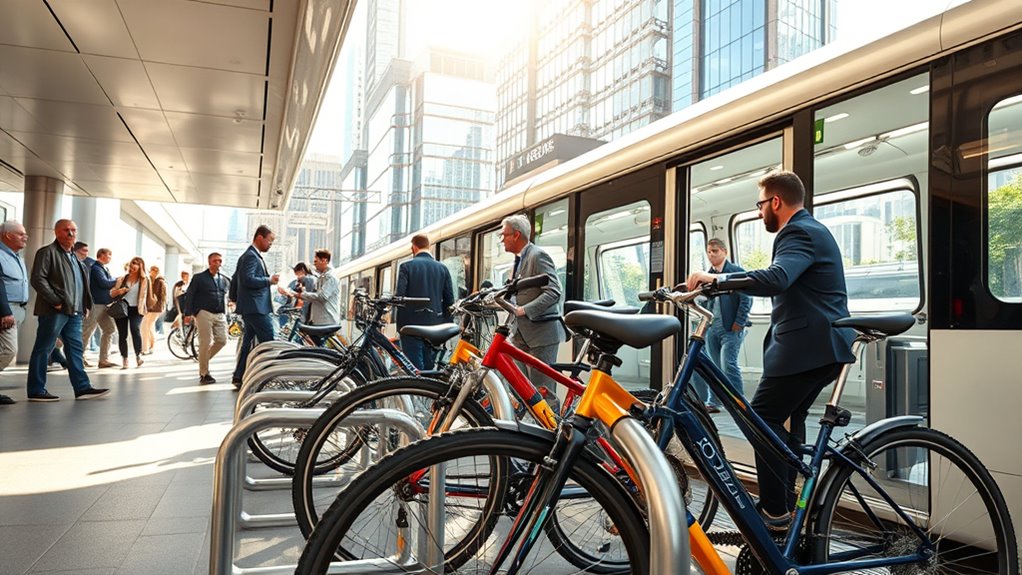
Your success in integrating bikes with transit depends on several key factors. Shorter access distances and high-quality bike facilities encourage more multimodal trips, especially within 1–5 km. Additionally, land use and transit speed influence how often people choose to bike and transit together. Developing Cultural Intelligence can also enhance implementation strategies by fostering better stakeholder engagement and understanding diverse user needs. Incorporating contrast ratio considerations into transit infrastructure can improve visibility and safety for cyclists and pedestrians, making multimodal travel more appealing. Moreover, understanding space efficiency principles can help optimize station layouts and bike parking solutions for better integration. Recognizing the importance of vetted equipment options, such as portable camping gear, can inform the design of adaptable transit stations that accommodate various user needs and ensure reliability. Emphasizing lifestyle factors can further support user adoption by aligning transit options with daily routines and preferences.
Trip Distance and Duration
Trips with access or egress distances of 1 to 5 km are especially conducive to bike-transit integration, notably boosting transit use. Shorter trip distances under 500 meters can increase the likelihood of train trips by 20–50%. For longer trip distances around 41 km, cycling remains effective, especially when riders are willing to bike additional minutes to avoid transfers, enhancing bike-carrying capacity. Trip duration varies, with cycling often taking up to 60 minutes or comprising 30–50% of total travel time, depending on context. Higher transit frequency and speed, like in BRT systems, improve transit system efficiency by reducing transfer times and overall travel time. These factors make short-distance trips ideal for active mobility and seamless bike-transit integration. Creativity in transport planning can also inspire innovative solutions that improve user experience and system efficiency. Additionally, understanding urban infrastructure and available cycling facilities can significantly influence the success of bike-transit schemes. Incorporating cycling infrastructure in urban areas can further encourage active mobility and facilitate smoother transitions between modes. Moreover, integrating multimodal strategies involving diverse transportation options can optimize overall mobility and accessibility. Furthermore, applying evidence-based planning ensures that investments in infrastructure effectively support sustainable multimodal travel.
Infrastructure Accessibility and Quality
Accessible and high-quality infrastructure is crucial for encouraging bicycle and transit use, as it directly affects convenience and security. Well-designed transit stations should feature ample bike parking, including secure facilities like bike lockers and racks, to protect bikes from weather and theft. Weather protection, such as covered bike parking, can triple ridership compared to uncovered options. The proximity of bike parking—within a 5-10 minute walk—enhances accessibility, making bike-transit integration seamless. Effective station design minimizes transfer times and facilitates multimodal trips. High infrastructure quality, including well-lit, surveillance-equipped bike lockers, boosts security and rider confidence. Additionally, integrating automation technologies in station operations can improve service efficiency and maintenance. Investing in reliable, accessible bike parking and thoughtful station design encourages more people to combine biking with public transit, promoting sustainable, efficient mobility. Incorporating user feedback into infrastructure planning ensures that facilities meet the actual needs of cyclists and transit users, further enhancing adoption rates. Moreover, ensuring infrastructure accessibility for all users, including those with disabilities, is essential for inclusive transportation planning.
Land Use and Environmental Factors
Land use patterns and environmental conditions considerably shape how easily people can combine biking with public transit. Dense urban areas with mixed land use—residential, commercial, and recreational spaces—encourage bike-transit ridership by making transit stations more accessible and convenient. Well-connected land use patterns, along with cycling infrastructure near transit stops, boost multimodal transit options. However, topography plays a role; steep slopes can discourage cycling, reducing transit access. The road network’s density and configuration also influence bike access—more intersections and slower street speeds typically improve safety and convenience. Environmental factors, such as air quality and climate, further affect cycling attractiveness. Additionally, incorporating Kia Tuning features like suspension upgrades can improve bike handling in certain terrains, making cycling a more appealing option. Moreover, understanding the Gold IRA market and investment options can inform strategies for funding sustainable transit projects. Integrating urban planning strategies that promote mixed land use can further enhance multimodal transportation. Overall, thoughtful land use planning and environmental considerations create an environment where biking seamlessly integrates into the public transit system. Incorporating content quality and authority in planning documentation can also foster greater public trust and encourage adoption of integrated transit solutions.
Infrastructure and Facility Developments Supporting Integration
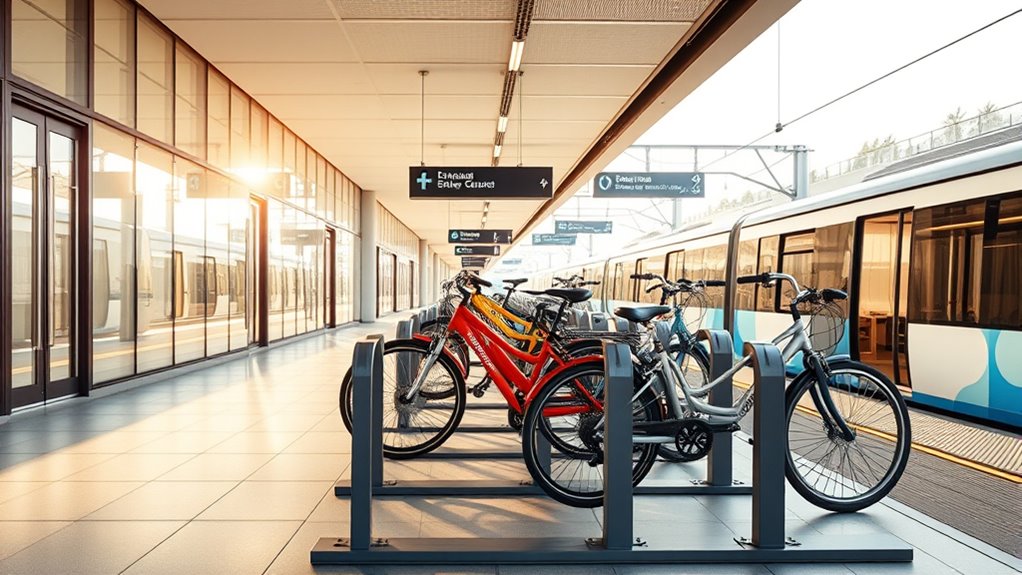
Recent infrastructure developments have considerably advanced the integration of bikes into public transit systems, with many agencies expanding their facilities to accommodate cyclists. Transit infrastructure now features secure facilities like bike lockers and sheltered bike parking, boosting bike-transit integration. Stations are adding more bike racks and increasing bike-carrying capacity to meet demand. Major agencies, such as BART and Caltrain, have integrated extensive cycling facilities directly into transit stations, enhancing accessibility. However, demand for secure, sheltered bike parking often exceeds supply, underscoring the need for further infrastructure development.
| Facility Type | Features |
|---|---|
| Bike lockers | Secure, weatherproof storage |
| Sheltered bike parking | Protects bikes from the elements |
| Bike racks | Easy access for short-term parking |
| Transit station facilities | Infrastructure supporting cycling integration |
Challenges and Gaps in North American Contexts
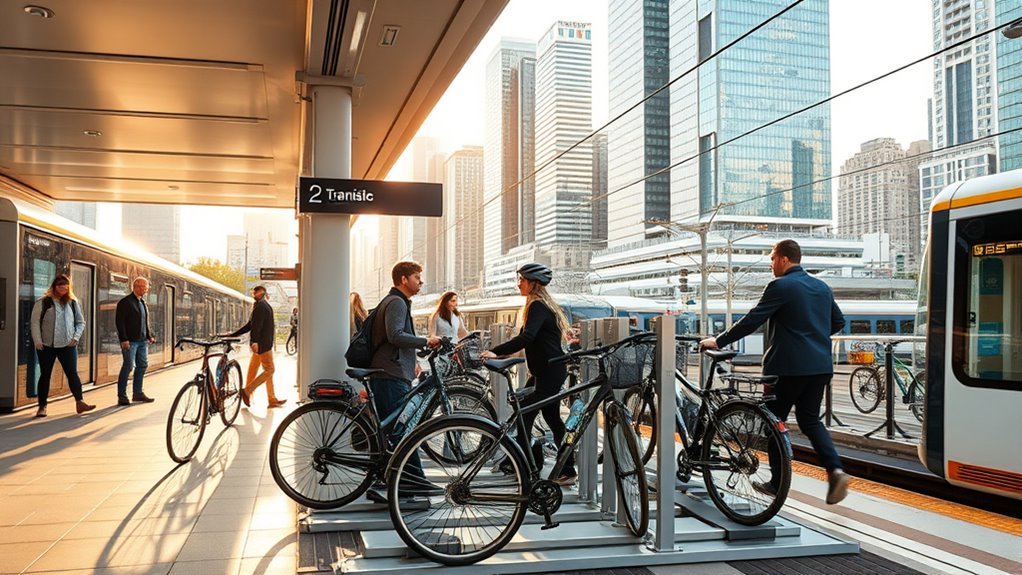
Despite the growing recognition of cycling as a vital component of transit, many North American cities struggle to meet the rising demand for bike-and-ride facilities. The bike infrastructure at transit stations often falls short, with limited secure, sheltered bike parking that discourages cycling access. The bike-carrying capacity on rail vehicles remains insufficient, hindering effective transit integration. Funding challenges further restrict efforts to expand cycling infrastructure and develop dedicated intermodal transportation links. These gaps lead to fragmented networks, making it harder for riders to seamlessly combine biking with transit. Without improved bike parking, better bike-carrying options, and dedicated funding, North American cities will continue to face hurdles in creating integrated, efficient transit systems that encourage cycling as a viable mobility option.
Insights From Major Cities’ Experiences
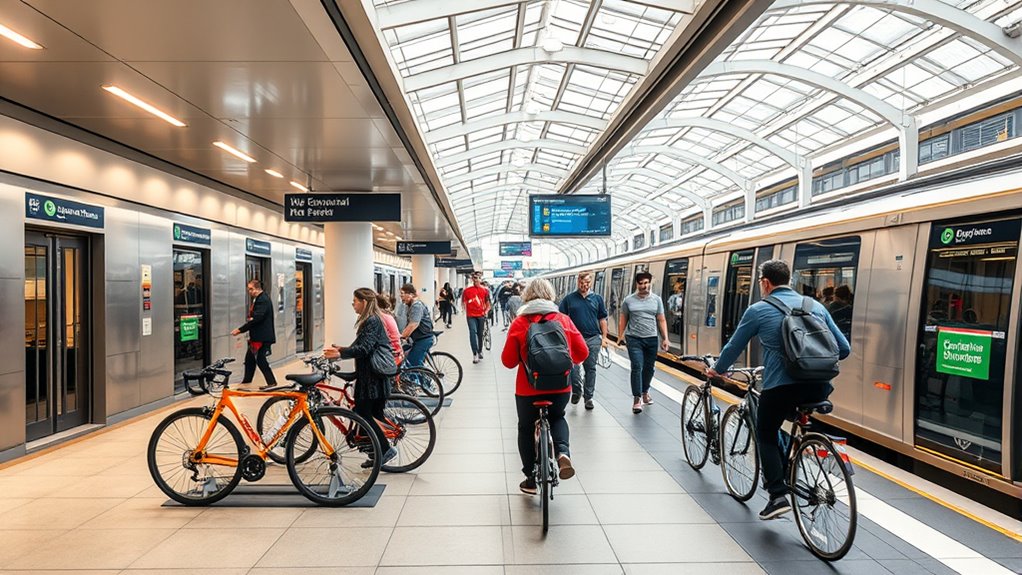
Major cities have developed diverse strategies to effectively integrate bikes into their transit systems, but implementing these solutions isn’t without challenges. You’ll see that investments in bike parking, dedicated lanes, and bike-friendly policies vary based on local priorities and resources. Understanding these city-specific experiences can help you identify best practices and pitfalls to avoid.
City-Specific Strategies
Cities around the world showcase a variety of strategies to seamlessly integrate bikes into their public transit systems. You can see these in action through approaches such as:
- Expanding cycling infrastructure and bike parking at transit stops, like San Francisco’s 43 stations offering over 4,300 spaces, and Minneapolis’s racks and lockers.
- Coordinating bike-and-ride programs with transit policies, exemplified by Portland’s bikeway networks aligned with transit stops and Vancouver’s investments exceeding $12 million.
- Increasing bike-carrying capacity on transit vehicles, with 72% of BART’s bike-and-ride passengers carrying bikes onboard, boosting multimodal transportation options.
These city-specific strategies improve bike-transit integration, making cycling and public transit more convenient and accessible for everyone.
Implementation Challenges
Implementing bike integration within public transit systems often encounters significant hurdles, as many cities struggle to keep up with growing demand. Infrastructure gaps, such as limited bike parking and secure bike storage at transit stations, restrict cycling integration and discourage riders. Transit vehicles frequently lack sufficient bike-carrying capacity, creating bottlenecks during peak times. Cross-city coordination challenges, including inconsistent policies and funding priorities, slow down the development of seamless bike-and-ride programs. Physical barriers like bridges or weather conditions further complicate efforts; for example, San Francisco’s bay crossings and Minneapolis’s cold climate pose unique obstacles. Addressing these issues requires strategic planning to improve transit vehicle capacity, expand cycling infrastructure, and foster better collaboration across jurisdictions to meet rising cycling and transit demands effectively.
Future Directions for Enhancing Multi-Modal Transportation
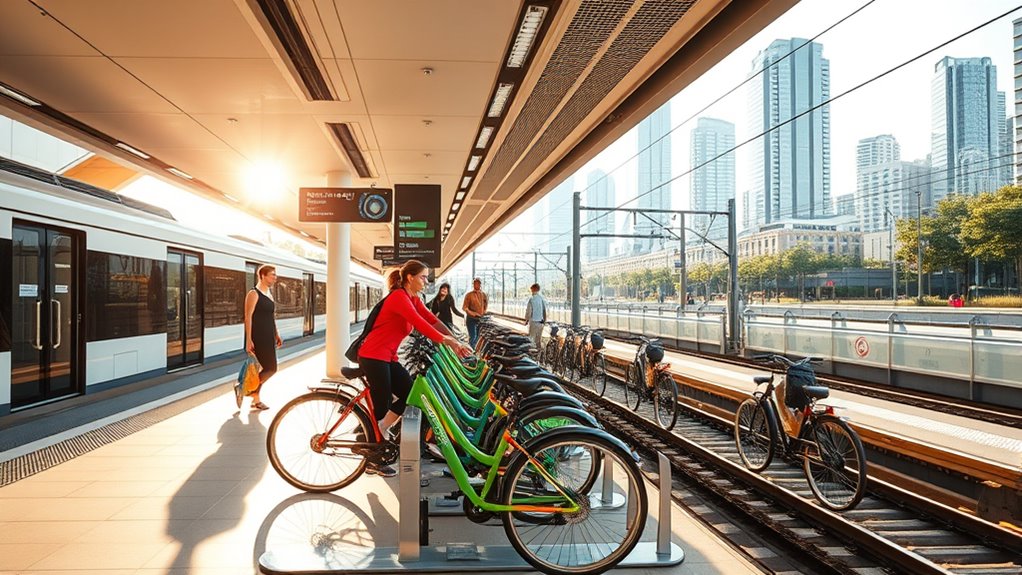
To effectively enhance multi-modal transportation in the future, focus on integrating infrastructure, technology, and policy measures that promote seamless connectivity. You can achieve this by:
- Expanding bike parking facilities and developing dedicated bike lanes that connect directly to transit hubs, increasing bike-transit integration.
- Incorporating bike-on-board capacity and intermodal interchange features into transit station infrastructure to boost flexibility and user convenience.
- Leveraging technological innovations like real-time parking apps and integrated ticketing systems to streamline multi-modal travel.
Frequently Asked Questions
How Cost-Effective Are Bike-Transit Integration Projects for Cities?
You might wonder if bike-transit integration projects are worth the investment. Generally, they’re quite cost-effective because they boost transit usage, reduce congestion, and lower emissions without huge infrastructure costs. Cities often see increased ridership and improved accessibility, which can lead to long-term savings. Plus, encouraging biking helps cut transportation costs for residents. Overall, these projects offer a smart, affordable way to make urban transit more efficient and sustainable.
What Policies Best Encourage Multi-Modal Bike and Transit Use?
They say, “You catch more flies with honey than with vinegar,” and that’s true for encouraging multi-modal transit use. You should implement policies that prioritize bike-friendly infrastructure, like protected bike lanes and ample bike parking. Offer incentives such as reduced transit fares for bike-and-ride commuters and create educational campaigns promoting the benefits of multi-modal travel. These strategies make it easier and more attractive for people to combine biking with transit.
How Do Weather Conditions Affect Bike-Transit Integration Strategies?
Weather conditions markedly influence your bike-transit strategies. During rain or snow, you might prefer covered bike racks or lockers to protect your bike, and plan routes that avoid slick surfaces. When it’s hot, staying hydrated and choosing cooler times for biking helps. Windy days may require extra effort or alternative routes. Adapting your plans to weather guarantees safer, more efficient multi-modal travel, keeping your commute smooth regardless of the forecast.
What Are the Safety Considerations for Cyclists Using Transit Systems?
When considering safety for cyclists using transit systems, you should always check for clear signage and designated bike areas. Make sure your bike is secure and that you’re aware of transit schedules to avoid rush-hour crowds. Wear a helmet, use reflective gear, and stay alert for opening doors or other passengers. Being cautious and prepared helps guarantee your safety while enjoying the convenience of combining cycling with transit.
How Can Technology Improve Bike and Transit Connectivity?
Imagine technology as a helpful guide leading cyclists through a bustling city. It can improve bike and transit connectivity by providing real-time data on bike rack availability, transit schedules, and ideal routes. Apps can act like digital maps, making it easier for you to plan seamless journeys. Smart sensors and integrated ticketing systems create a smooth experience, turning your ride into a harmonious dance between bike and transit, saving time and reducing hassle.
Conclusion
By seamlessly weaving bikes into public transit, you’re opening the gateway to a city that moves like a well-oiled machine. Embrace the opportunities to bridge gaps, address challenges, and learn from leading cities’ successes. As you foster this multi-modal harmony, you’ll transform urban mobility into a symphony of efficiency and sustainability, making every ride a note in a brighter, more connected future. Together, you can ride the wave of smarter, greener transportation.











